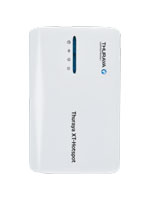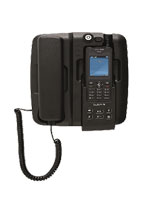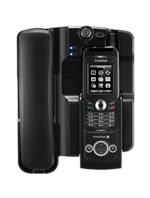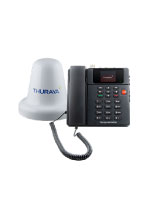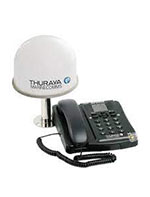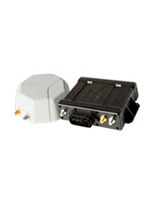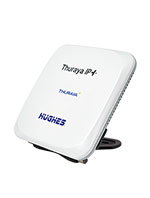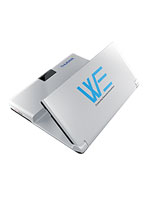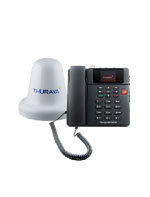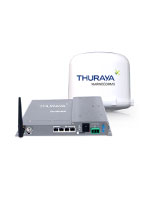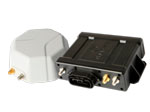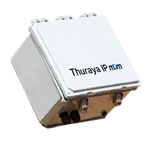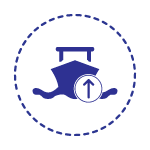
Automatic Identification Systems (AIS)
Automatic Identification Systems (AIS) iis a maritime radio technology system developed and maintained under the auspices of the International Maritime Organization (IMO). Globally mandated in 2002 as part of the IMO SOLAS agreement, AIS is widely and increasingly deployed to improve and enhance maritime efficiency, safety and security.
AIS is a sophisticated, proven international maritime technology that supports efficient, real time data exchange between multiple entities located on the sea and shore.
Use of the AIS system between vessels is determined to prevent collisions at sea and in coastal waters as a means of obtaining information on their vessels and their cargo and as a tool for the VTS marine traffic control system and maritime traffic management.
The benefits of installing this system:
- Easier identification of vessels
- Interception of surface vessels
- Exchange essential information between ships automatically without human intervention
- Reduced traffic on VHF bands
- Enhancing Commander and Guard officers’ information from their peripheral status
Types of AIS classes:
Class A: For Commercial Vessels (mandatory)
Class B: For Recreational Vessels (Optional)
Satellite AIS (S-AIS)
In recent years, the serious situation at sea pertaining to the unlawful acts of piracy, armed robbery and port attack by utilizing ships as a weapon has already drawn many costal states to put the long‐range or global ship monitoring system on the top agenda in order to effectively track and identify the ships in the wider horizon and at the earlier time even in the real time. As a result, the ship monitoring system combining the AIS powerful information capacity and the satellite global range detection has been prompted and continued in the progress since the beginning of this century.
Satellite AIS (S-AIS) tracks the location of vessels in the most remote areas of the world, especially over open oceans and beyond the reach of terrestrial-only AIS systems.








